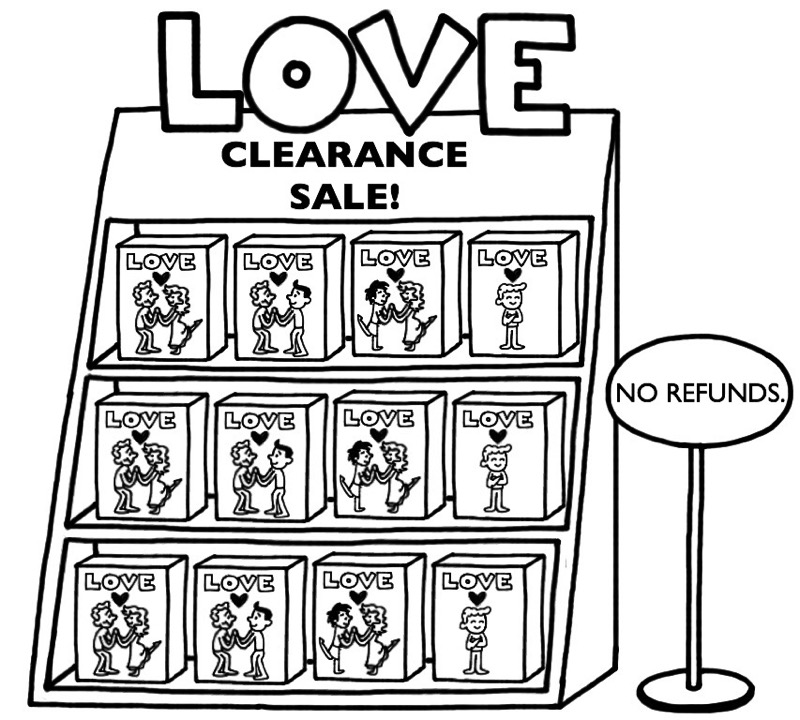Point/Counterpoint: Valentine’s Day: to celebrate or not to celebrate
Two DI columnists discuss the celebration of Valentine’s Day.
February 11, 2019
Valentine’s Day is just a commercial exploitation
Valentine’s Day has been a holiday for more than a millennium, dating back to 270 CE, according to Britannica. The common theory is that it started as a holiday from a few Christian martyrs with various stories all involving letters and an association with love. However, commercialism has turned the holiday into the manipulation of couples buying expensive gifts for their significant other, simply because it’s Valentine’s Day.
“Total spending is expected to be $20.7 billion, which is an increase of 5.6 percent over last year’s $19.6 billion and breaks the previous record of $19.7 billion, also set in 2016,” according to the National Retail Federation.
That is an exceptional amount of money being spent on gifts for a holiday that’s essentially dedicated as a day to spoil and recognize people’s love for their significant others. The average consumer will spend $161.96. That’s just a ridiculous amount of money to spend on someone simply because corporations tell you it’s necessary. Valentine’s Day is the fifth most expensive holiday, according to a 2018 graphics analysis by Graphic Maps.
Getting nice gifts, a fancy dinner, chocolates, jewelry, clothes, etc., is nice and all, but it shouldn’t be the main focus of your Valentine’s Day. It was a holiday intended back in the Common Era, or Christian Era, to express one’s love for each other in ways that didn’t concern corporations or expensive spending.
Valentine’s Day has turned into a corporate agenda to exploit our need for romantic validation rather than a valuable expression of love from one person to another. We’ve become a society obsessed with the idea that spending an absurd amount of money is the only way to show how much we care for someone.
St. Valentine’s mission is essential to take to heart
Every Feb. 14, stores are flooded in colors of red and pink, selling treats, flowers, and decorations that represent love for a significant other. If people looked at the modern celebration of Valentine’s Day to find its meaning, they’d have a difficult time defining it. Is it a day you buy things? Is it just when you spend with your significant other? The true meaning of Valentine’s Day has been lost throughout the years but is not as trivial as it is made out to seem.
St. Valentine is recognized by the Catholic Church as having been a priest living under the rule of Roman Emperor Claudius II, who decided to outlaw marriage for young men. He believed that married soldiers were not so effective as their single counterparts. Valentine disregarded this and performed marriages anyway. He was later put to death for his defiance, risking his life for the romance of others.
Because of this, he was martyred, and generations since have celebrated love in memory of his death.
Today, there is a severe lack of legitimate romance. The memory of St. Valentine has been replaced with manufactured ideas of love, whether that be through gift cards, stuffed animals, or a generic heart-shaped box of chocolates.
That is not to say that the celebration should end, though. There is no harm in paying homage to St. Valentine. While money should be spent on thoughtful gifts to give your significant other, it is important to not just discredit Valentine’s Day altogether because of how commercialized it has become.
We have turned Valentine’s Day into a meaningless “holiday,” but it can be restored to represent its original meaning of romance if gifts are genuine and not picked out at your local Target on the night of Feb. 13.


